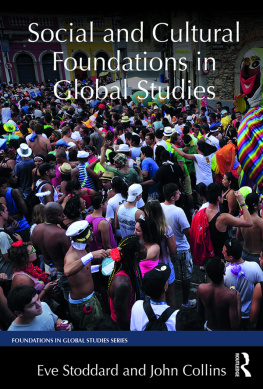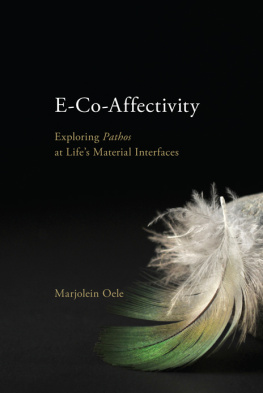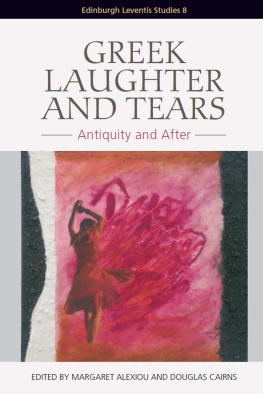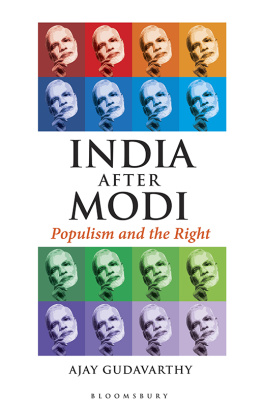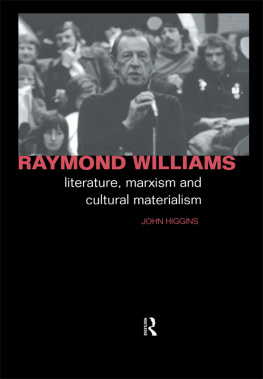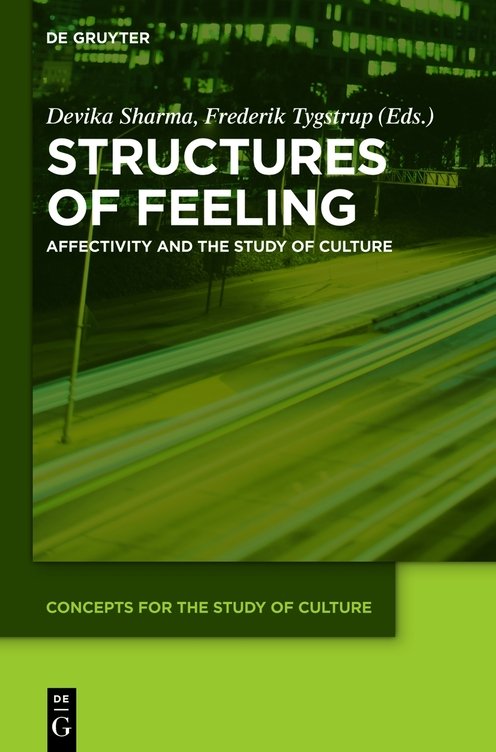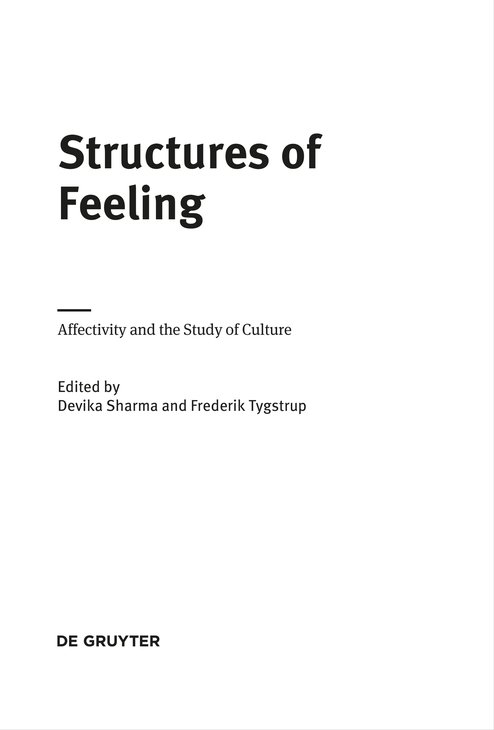1
atmosphere of the group.
This attentiveness to style is a hallmark of Williams contribution to the writing of cultural history. It implies a continuous search for supplementary clues and traces that might lead us to understand the cultural and historical specificity of what we study, the sense of lived lives underpinning the cultural record we can access from the archives. This elusive stratum of reality, evanescent in its manifestations, but nonetheless important in the making of the historical facts we contemplate, is sometimes described by Williams in terms of structures of feeling. In spite of the importance of this idea in Williams work, it is barely theorised, mainly appearing in a short entry in Marxism and Literature (1978). The peculiar something he is looking for is described here as a particular quality of social experience and relationship, historically distinct from other particular qualities, which gives the sense of a generation or a period (Williams 1978, 131). Experience is the key term here, in its most mundane and straightforward sense; what seems to interest Williams is the very basic idea, yet very complex phenomenon, of the lived presence. What does it feel like to be in a particular situation? How do our propensities for doing this and not that emerge? What fuels our enthusiasm or enhances our wellbeing? How do the little things pertaining to feeling, bodily sensation, and atmosphere inflect, even ever so slightly, the ideas we proclaim and interests we pursue? What we arrive at here is a participants perspective on culture; that is, not only what was said and done at a particular place and at a particular time, but what it was like to be there.
Williams thus suggests complementing the analysis of the social and material infrastructure of reality with a third layer: that of affective infrastructure. In this, his work seems to prefigure the conspicuous contemporary interest in affect studies. For the last decade or so, the notion of affect has been circulating ever more insistently in social and cultural studies, ranging from literature and architecture to sociology and geography, and seems set to become a dominant trend in critical theory in the twenty-first century. Theories of emotion, atmosphere, and feeling abound in the humanities and social sciences, and moreover, often in ways that broadly correspond with Williams ambition to correlate material, social, and affective structures.
In this book, we are concerned with the possible uses of affect studies and of theories of affectivity in contemporary cultural studies. It appears logical to us to begin with the ways in which Williams conceived of structures of feeling as an effective component of social reality. From the vantage point of Williams study, this volume develops an array of different investigations into the field of affect studies, based on different historical and contemporary cases, from different theoretical and methodological viewpoints, and with different disciplinary perspectives.
2 Structures of Feeling and the Study of Affects
space, the social and cultural life-world, and the thick anthropological description of historical reality. These all seem to pave the way for a new and more nuanced approach to historical description, elaborating, as does Williams, the notion of experience, in a number of different ways. These approaches thus share a certain phenomenological awareness of how experience is articulated in a close and complex interaction between humans and their environments, how it is bodily mediated, how it plays out in a particular spatial framework, and how it is inextricably invested in and dependent on social relations between humans, and between humans and social institutions. These approaches contribute in different ways to expand our understanding of culture, widening the analytical scope from masterworks and historical events to the multifarious fabric of everyday life, and moreover, to the ways in which culture is continuously reproduced (and gradually developed in still new dimensions) through the interaction between life forms and everyday practices on the one hand, and institutions and power relations on the other.
If attentiveness to the layers of affect and feeling within the historical fabric of culture is promoted by such developments in contemporary cultural studies, an even more important background stems from the fact that affectivity seems to have become an ever more important part of social life today. There is thus an urgency to understand and theorise affects and affectivity, simply in order to understand what is happening around us and to us in a world where politics, economy, and culture are becoming increasingly affect-driven. The idea that politics is often less about rational deliberation of the common good than about feelings is of course no new insight. Whether spurred by enthusiasm or by fear, politics seems to demand an affective investment, for those aspiring to lead others, as well as for those being somehow persuaded to follow or support a would-be leader. It does seem, however, that this affective dimension of politics has come to play a still more dominant role in contemporary societies, mainly due to the ways in which we handle and circulate information. On one hand, we have the well-known mediatisation of politics, making political campaigning a huge business for media professionals, who are able to turn political messages into ingeniously fabricated affective stimuli. The like/dislike-factor in politics has never enjoyed more importance than today, it seems, and investment in optimising this specific parameter has never been greater. Political sales talk is affective. It probably always was, but never more systematically than today. Moreover, political articulation is becoming increasingly affect-driven; that is, not only in terms of what politicians say to their constituents, but also of the input they receive in return from the public sphere. Political articulation is now less about collective organisation and the setting of political agendas, and more about answering questions. There are polls for everything. In this sense, political articulation has never been more massive and powerful, since there is instant and systematic feed-back on virtually every conceivable political question. But this articulation is no longer part of a coherent and explicit political view. Rather immediate reactions are sought to questions expressly devised in order to gauge certain moods. Political participation becomes an endless series of ayes and nos, sometimes broken down into to a scale of agreement from 1 to 10.



